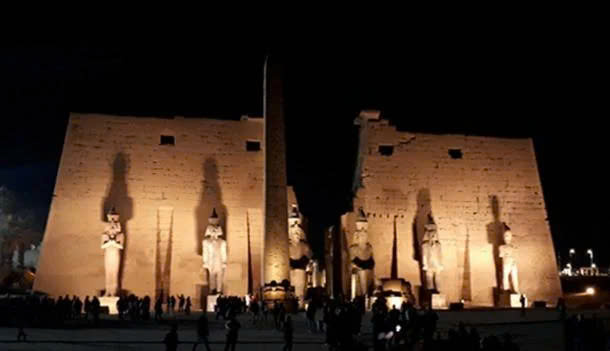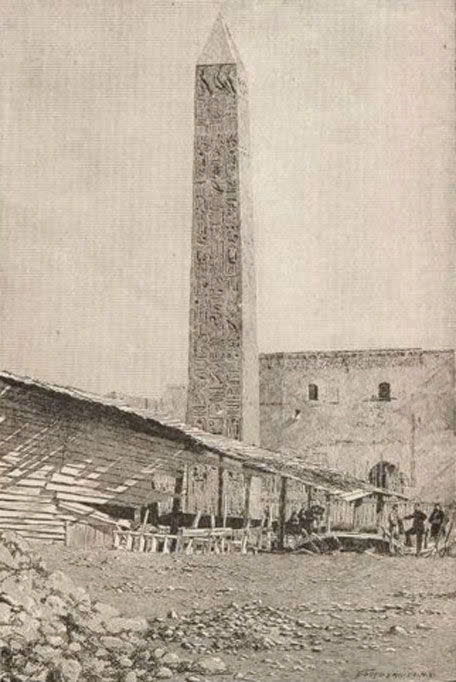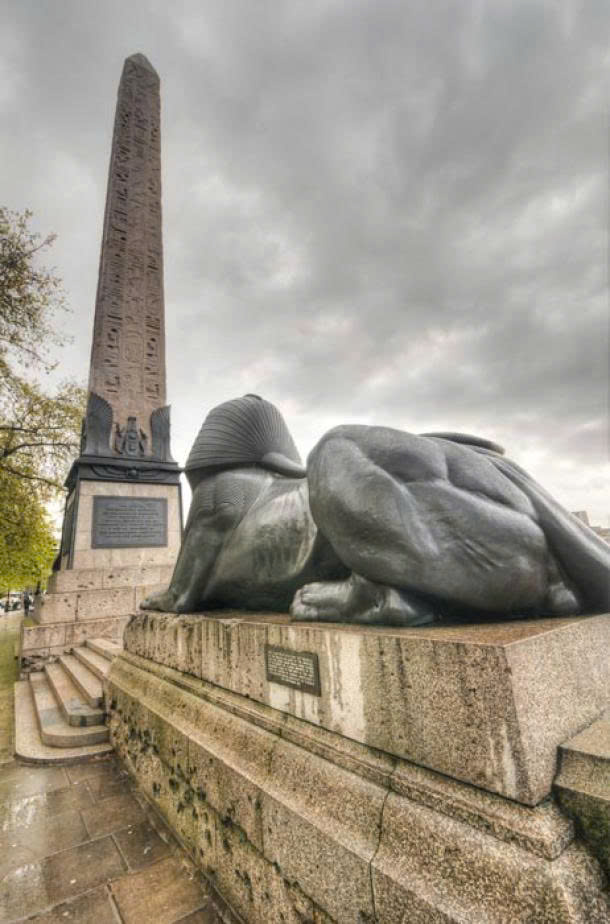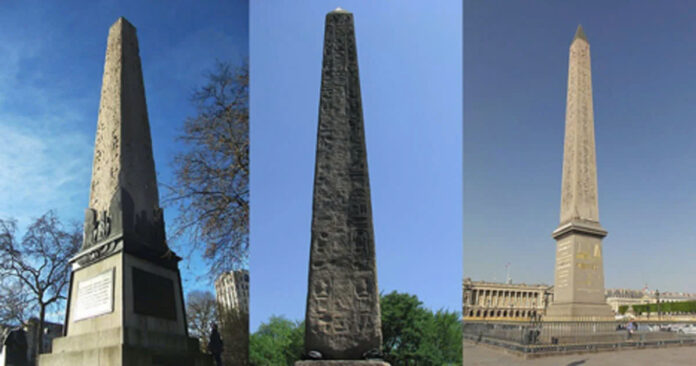Three magnificent obelisks stand as silent witnesses to history in three of the world’s most iconic cities. Known collectively as “Cleopatra’s Needles,” these ancient Egyptian monoliths have traveled thousands of miles and endured centuries of tumultuous human history to reach their current homes in New York, London, and Paris. Despite their shared nickname, these stone giants tell different stories and hide fascinating secrets beneath their weathered surfaces.
The Magnificent Monuments: More Than Just Stone Columns
Origins of a Misnomer

Ironically, none of these towering monuments actually have a direct connection to the legendary Queen Cleopatra VII. The name “Cleopatra’s Needle” was bestowed upon them primarily for its exotic appeal and the queen’s enduring fame. In reality, these obelisks predate Cleopatra by over a millennium, with the New York and London pair dating back to around 1450 BCE, created for Pharaoh Thutmose III in the ancient city of Heliopolis.
Engineering Marvels of the Ancient World
The sheer scale of these monuments is breathtaking. The twin obelisks in New York and London stand approximately 68 feet (21 meters) tall and weigh an astonishing 224 tons each. Crafted from solid red granite quarried in Aswan, they represent remarkable feats of ancient engineering and craftsmanship.

The Paris obelisk—technically the Luxor Obelisk—is even more impressive at 75 feet (23 meters) tall and weighing over 250 tons. Made of yellow granite, it once stood sentinel outside the Luxor Temple, where its twin remains to this day. All three obelisks feature intricate hieroglyphic inscriptions glorifying Pharaoh Ramses II, telling stories of conquest and divinity that have survived millennia.
Three Cities, Three Stories
New York’s Monument: A Gift of Diplomacy
Central Park’s towering obelisk arrived in New York in 1881, a diplomatic gift to the United States from Egypt’s Khedive. This gesture of gratitude acknowledged American neutrality during Anglo-French competition for influence over Egyptian affairs.

Before its transatlantic journey, the obelisk had already experienced quite an adventure. Originally erected in Heliopolis, it was moved to Alexandria in 12 BCE and placed in a temple built by Cleopatra to honor Mark Antony. At some point, it toppled into the sand—a fortunate accident that preserved its hieroglyphs for modern scholars.
The monument’s preservation became a point of contention in 2011 when Egyptian archaeologist Zahi Hawass threatened to reclaim the obelisk due to deterioration from New York’s harsh weather and pollution. This prompted a $500,000 restoration effort to protect this priceless artifact.
London’s Sentinel by the Thames
The London obelisk stands proudly along the Victoria Embankment, though its journey there was far from straightforward. Gifted to Britain in 1819 as a commemoration of British victories in Egypt, the monument remained in its native land for decades because the British government balked at the enormous transportation costs.

It finally reached London in 1878, funded by anatomist Sir William James Erasmus Wilson at the personal cost of £10,000—a fortune at the time. Today, it stands guarded by two sphinx statues, bearing the scars of history. During World War I, a German bomb damaged its pedestal and sphinxes, but the obelisk itself remained intact. These battle wounds have intentionally been preserved as a testament to London’s resilience during wartime.
Like its New York counterpart, the London obelisk faced criticism from Egyptian authorities in 2018 regarding its condition, but city officials maintained that its war damage had become part of its historical significance.
Video
Paris: The Luxor Obelisk in Place de la Concorde
The Parisian obelisk, often called the Luxor Obelisk, stands in the heart of the Place de la Concorde. Gifted to France in 1833, it arrived with much fanfare and was erected in 1836 under King Louis-Philippe’s supervision.

In a curious twist of historical irony, this monument of ancient pharaonic power was placed upon a pedestal originally designed for a statue of King Louis XVI—who had been executed nearby during the French Revolution. The original Egyptian pedestal, adorned with explicit baboon carvings, was deemed too risqué for Parisian sensibilities and now resides in the Louvre Museum.
In 1998, the French government added a golden capstone—pyramidion—to replace the original that had been stolen in the 6th century BCE, restoring a touch of its former glory.
Legacy in Stone: Monuments That Transcend Time
These three ancient sentinels stand as powerful symbols of cultural exchange, imperial ambition, and historical preservation. While they bear the name of Cleopatra, they actually represent something much greater—humanity’s enduring fascination with the past and our complicated relationship with cultural heritage.
As modern cities grow and change around them, these weathered monuments continue their silent vigil, connecting us to civilizations long gone while raising important questions about ownership, preservation, and the meaning of cultural patrimony in our global age.
The story of Cleopatra’s Needles reminds us that history isn’t just written in books—sometimes it stands right before us, carved in stone, waiting for those who pause long enough to listen to the tales these ancient travelers have to tell.

